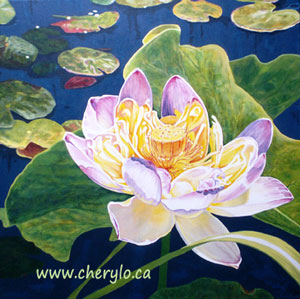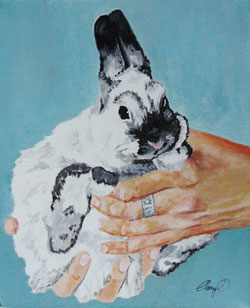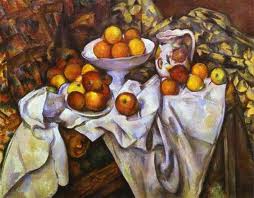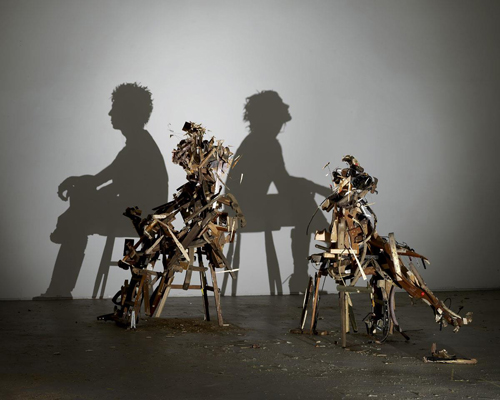
When the Sponge is Full
There’s so much opportunity to learn out there. I spend time on Stumble, YouTube, and Facebook connecting about art and creativity. It’s great! I’ve learned some important things. Good advice about how to promote my art – how to write a blog for example. Terrific advice about how to be more creative. And you would be shocked to know how many invites I get every week to promote my art through various online venues. I finally quit looking at those a couple of weeks ago. Here’s the thing – for today, the sponge is full. Do you know that feeling – still reading but not absorbing anything at all? It does occur to me that someone could spend so much time learning about being creative that they have no time left to be creative. Or learning how to promote their art that they have no time to promote (or make!) their art. Wow. That would be a waste. Finding a balance between learning, since there’s always more to learn, and practicing what you’ve learned is hard. So my creativity tip today, to myself and to you, is – just go do it. Paint, sing, dance, bake, whatever is the creative you and wherever you are at in your personal learning curve, you absolutely can’t go wrong by just doing it. I’m off to paint now 🙂





